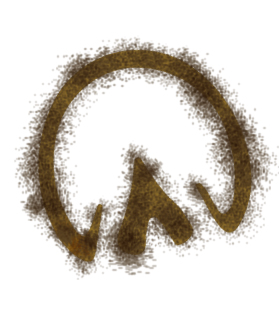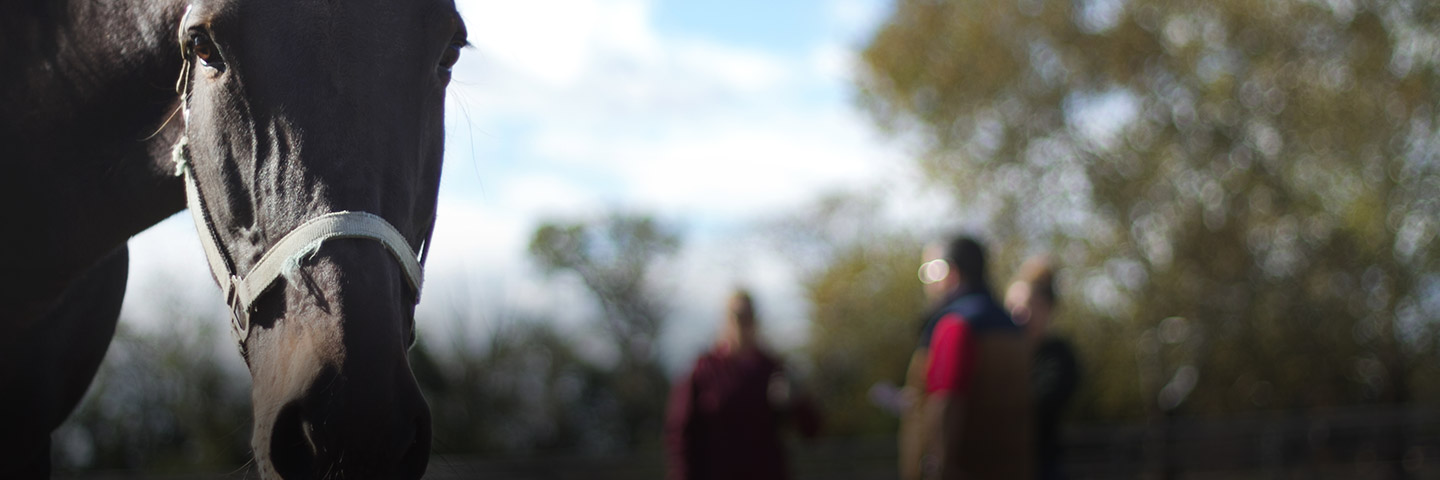Hay everyone!
I don’t know about you, but this summer really flew by for me! Everyone at the Equine Science Center certainly kept busy; check out some of my past blogs to read about what we were up to! Even though we all had a busy and fun summer, it’s time to start getting back to school. It’s pretty exciting for me since I love learning, and I’m especially excited to listen in on some of the horse-related classes here at Rutgers.
Students of all grades have lots to do to prepare for the new school year. One of these things is getting school supplies! For a lot of college students, that means new technology. Online learning is advancing so much, and students are constantly finding new ways to get more out of their classes. But what about horses? Don’t we get cool new tech too? We most certainly do! The horse world is full of new innovations that help us stay healthy, understand injuries, and learn more about how we can do what we do.
Let’s talk about some technology I’ve gotten to learn more about recently:
The Rutgers Equine Science Center Treadmill
That’s not a new one! You guys have heard a lot about our equine treadmill, but it really is a cool piece of equipment. Horses have been used to study exercise dating back to the late 1800s. But why on a treadmill? Well, using an equine treadmill like ours makes sure that the environment stays the same between tests. I wouldn’t want to be the horse that has to run outside in the rain, while my friend gets to run on a sunny day! Since the horses get to run indoors and in one spot, scientists are able to get much better measurements. They’re also able to get a lot more tests done at once.
Veterinary Tools
As careful as we try to be, we can still get hurt. That’s why it’s important for our veterinarians to know how to help us when we do! Healing takes a lot of rest and help from professionals and their equipment. Diagnostic equipment like ultrasound and magnetic resonance imaging (MRI) allow vets to take a look into what is happening within our bodies. These tools are different from imaging techniques like x-rays because they allow us to see soft tissue. This makes it easier to understand what is happening around and in between the bones in a joint, and make a better treatment plan.
Muscle & Heart Monitors
Did you know you can look at a horse’s heartbeat? We use electrocardiograms (ECGs) to “see” what is going on inside the heart. Just like in humans, an ECG records the electrical activity in the heart and creates a picture of how it is beating. This lets us check up on the health of the organ and understand how it functions. If this sounds familiar, you might’ve read about it in my post about Dr. Rankin’s research! She also used electromyography (EMG) to record the electrical signals of muscles on horses and people in her study.
These are just a few of the ways we can use technology to help horses and learn more about them. Some of them have applications in human medicine too!
Until next time.
Your friend,

Lord Nelson

